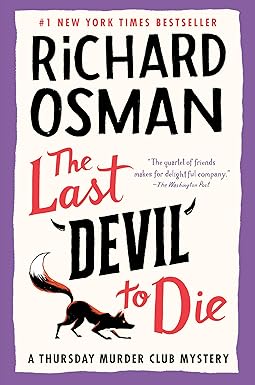
The author, Ulf Danielsson, is a Swedish theoretical physicist, but (it turns out) he's also quite the student of philosophy. The book was originally published in Swedish, and the translation to English was done by Danielsson himself. (Which I'd like to think explains some of my head-scratching at some of his phrasings. There is an obvious alternative explanation that I'd prefer not to entertain.)
Near the end of the book, he characterizes his theme as a "single long argument" against dualism. Not only classic Cartesian mind-body dualism; that's an easy target. But more subtly, for example, the desire of (some) theoreticians to look for "beauty" or "simplicity" in their models of the Way The World Works.
He also (gently, politely) inveighs against confusing those models, and their associated mathematics, with reality. After all, to a pretty decent approximation, Newton's laws of gravity describe how planets move, how satellites orbit, and how apples fall on your head. But it's not like those objects have some sort of internal computer that tells them where to go and how fast; they just do it.
Or to use an example I saw in this book: solving Schrödinger's equation for a thulium atom's 69 quantum-entangled electrons is daunting for even the fastest computers; but each and every tiny thulium atom just… does it.
The book jumps around a lot, is slightly repetitive, and (as I said above) the prose seems murky at times. One interesting bit: Danielsson seems to think that "consciousness" is a real thing, not a mere illusion. But his final five-page chapter looks at "free will" and says—as near as I can telli—says nej. That's a bold stance, and I have to admit I did not follow exactly what he was trying to say.
I will say he had a pretty jaw-dropping anecdote about Douglas Hofstadter dropping by his institution and posing the following puzzler, to be solved with integral A, B, and C (this may not translate well on Goodreads, sorry):
| A | + | B | + | C | = 4 |
| B+C | C+A | A+B |
"The answer may surprise you."

![[The Blogger and His Dog]](/ps/images/me_with_barney.jpg)



